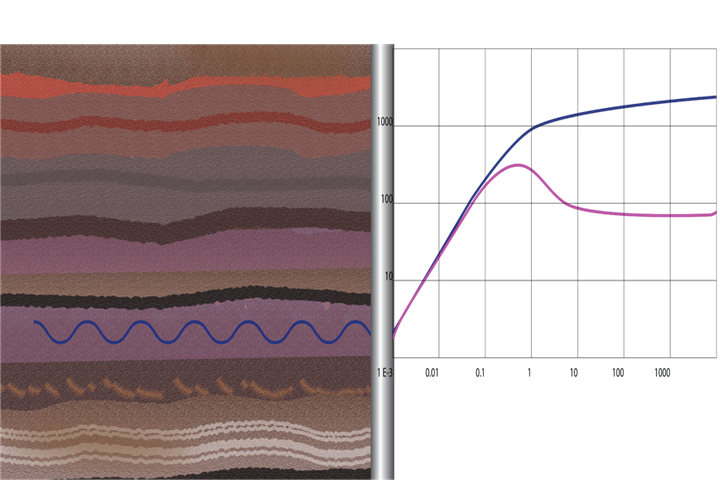• Well testing: why, how and when is well testing needed. Well pressure and rate monitoring for oil or gas reservoirs
• Type of tests according to well completion and reservoir evaluation objectives: open hole and cased hole testing. DST (drill stem testing) limit, build-up, interference, injectivity, and fall off tests.
• Pressure and rate data acquisition: risks and benefits. Fluid sampling
• Introduction to pressure transient analysis.
• Introduction to analytical and reservoir simulation methods.
• Testing according to evaluation objectives. Oil, gas, and gas-condensate reservoirs. Vertical and horizontal wells. Available reservoir models and data analysis methods
• Field testing procedures and related testing equipment aimed to achieve evaluation objectives. Data quality control and contingencies plan
• Well test design: test duration and sequence of events. Homogeneous and heterogeneous reservoirs. Field cases of applications
• Principles of fluid flow in a porous media. Solutions to the diffusivity equation
• Pressure transient analysis methodology. Deconvolution method
• Integration of derived reservoir models and results from well test analysis to geology, geophysical, material balance and volumetric methods
• ISOIP and ISGIP calculation of the drainage area associated to the well under testing. Field cases of application
• Introduction to commercial Software for pressure transient analysis. Basic and advanced analysis functions. Reservoir, well, and fluid existent models. 2D map and guided analysis example. cases of application
• Numerical simulation. Voronoi model. Application of 2D maps showing geological features and wells locations. Comparison of numerical versus analytical solution. Numerical simulation example
• cases of application






comments (0)